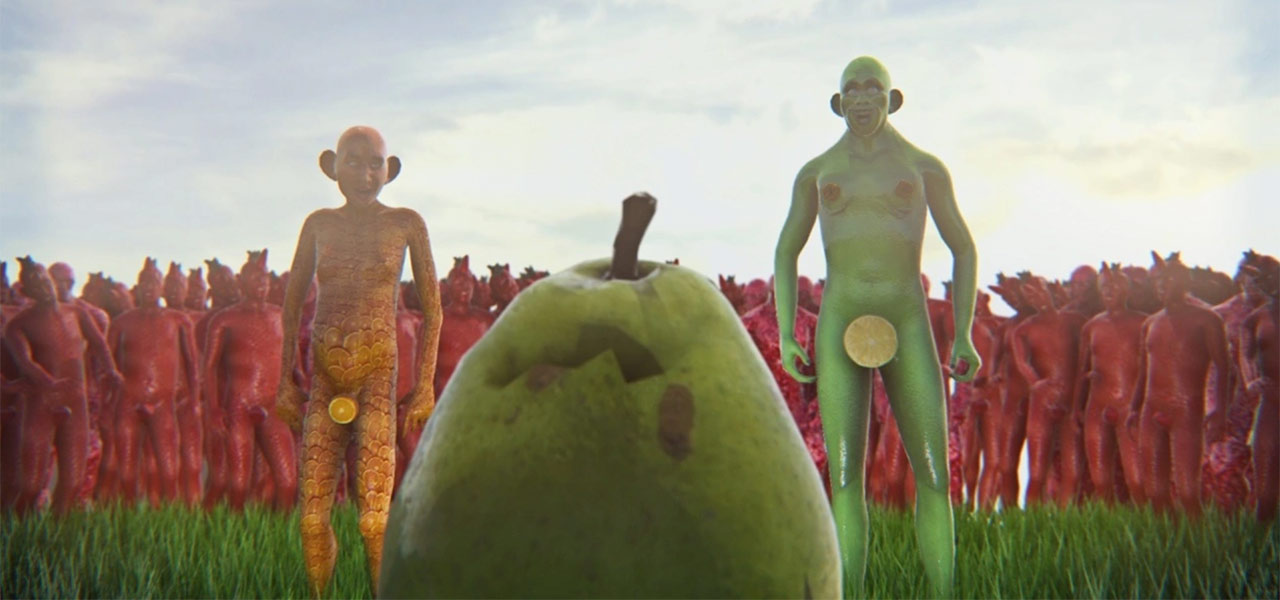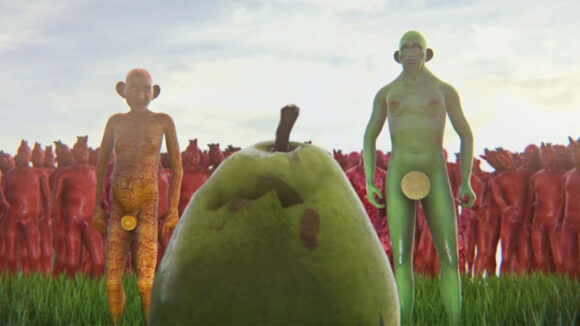

Vimeo Deleted My Award-Winning Animated Film Because It Was Too ‘Sexually Stimulating’
Vimeo has seen significant changes over the last few years, and several of them have left artists dissatisfied with the platform’s current way of doing business.
Canadian filmmaker Ivan Li is among those frustrated artists after the platform refused to host his award-winning 2020 short Fruit. We invited Li to share his thoughts about the state of Vimeo as seen from the perspective of an independent filmmaker. Here’s what he had to say:
Background
In 2020, I created the animated short film Fruit, which screened at several prestigious film festivals, winning awards at Fantasia and Vienna Shorts. Eventually, the film was acquired for national broadcasting in France and Germany by European public broadcaster Arte.
Last month, I made the film public on Vimeo. To my surprise, it was flagged as inappropriate and removed without warning. The company’s Trust and Safety (T&S) team was adamant about their decision, citing my film’s “overtly sexualized depictions of nudity and sexual activity.”

OK, That’s a first…
Vimeo has been a platform I looked up to since my student years. During a time when the Youtube algorithm was regarded as highly sensitive and not very filmmaker-friendly, Vimeo’s progressive curation system and inclusive approach made it a go-to site for many filmmakers, me included, to showcase our work.
However, my recent experience with the company has led me to believe that this is no longer the case, and that Vimeo no longer stands for the principles that once set it apart.
Broadcast and Festivals
My film was broadcast nationally by Arte in France on May 27th, 2022, at 11:55 PM, as part of the program Court-Circuit: Spécial sexe et tabou. To do that, the film had to align with the Regulatory Authority for Audiovisual and Digital Communication (ARCOM) standards in France. If a national censorship board greenlit the film’s tv broadcast, what’s Vimeo’s stance on its removal?
Fruit has screened in Academy Award and BAFTA qualifying festivals such as the Annecy, London International Short Film Festival, and Fest Anča International Animation Festival. If I can provide written statements from these festivals confirming my film’s screening, that should surely qualify my film as a work of “cinematic art” and reverse the removal, right?
According to Vimeo, no. They told me:
Vimeo allows depictions of nudity and sexuality that serve a clear creative, artistic, aesthetic, or narrative purpose. However, we do not allow content that seems primarily focused on sexual stimulation that may reasonably stimulate a viewer sexually. This can include but is not limited to strip teases, shots focusing specifically on genitals, breasts, or butt, fetish activities or outfits, self-rubbing, etc.
Although the characters in your video are animated and you are correct in your assessment that no human genitalia were shown, the focus on sexual stimulation necessitated the removal of the video in question.
This confuses the issue even more.
Double-Standard
Depictions of sexuality and nudity aren’t anything groundbreaking on Vimeo. It’s one reason filmmakers prefer releasing their work on Vimeo rather than Youtube. SXSW winner Pussy by Renata Gąsiorowska is still available on Vimeo and was selected as a “Staff Pick of the Month.” The film features an anatomically correct animation of a woman pleasuring herself and close-up shots of her finger rubbing her vulva.
Yet, Vimeo says, “We do not allow content that seems primarily focused on sexual stimulation that may reasonably stimulate a viewer sexually.”
While I’m glad that Vimeo thinks I am turning people on, what are the criteria for this judgment? The music video for George Watsky’s “Going Down” features live-action, full-body nudity of adult film star Riley Reid from multiple angles, while its lyrics celebrate the joy of oral sex. The video has been up since 2018. Why is that video treated differently than my work?

A Change in Philosophy
Has Vimeo recently changed its standards? If so, does this mean that all previously posted content featuring sexuality and nudity must be removed? And out of all the content out there, you’re going after an animated film about fruit humanoids getting it on?
In recent years, it’s been reported, including here on Cartoon Brew, that Vimeo is shifting its focus to corporate users. Former CEO Anjali Sud stated that the platform was pivoting to tech and would not be “the indie version of Youtube.” I wouldn’t be surprised if that shift has caused a rethink of the platform’s content guidelines.
Ironically, considering Sud’s earlier comments, Youtube now seems more open to sexuality and nudity than it once was and perhaps on par with Vimeo. Maya Hawke’s music video “Thérèse,” which features live-action depictions of nudity and group sex, has been on the platform for over a year.

What next?
I’ve been advised to post my work on another platform. While this isn’t a terrible idea, I don’t think it’s the right one either. Despite its flaws, Vimeo remains the biggest and most prominent platform for cinematic and independent short-form content.
Its artistic curation team includes some of the most supportive professionals I’ve encountered in the industry. (Vimeo’s curation team, for what it’s worth, is not associated with its trust and safety team; they tried to appeal Fruit’s rejection on my behalf but couldn’t influence T&S’s decision.)
Vimeo’s new interim CEO has yet to announce the platform’s future direction, and that decision likely won’t be made until a permanent CEO is announced. I sincerely hope the platform is still in the corner of indie artists and their sometimes edgy work. I hope that Vimeo can find ways to generate more revenue while accommodating my little fruit-humping animation.


.png)